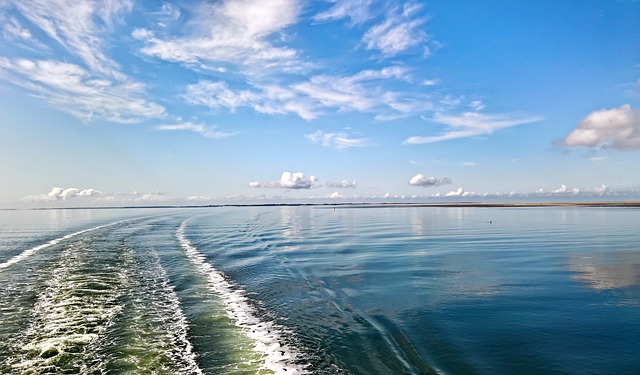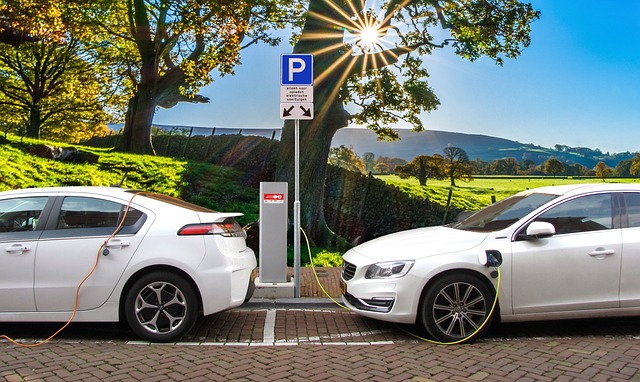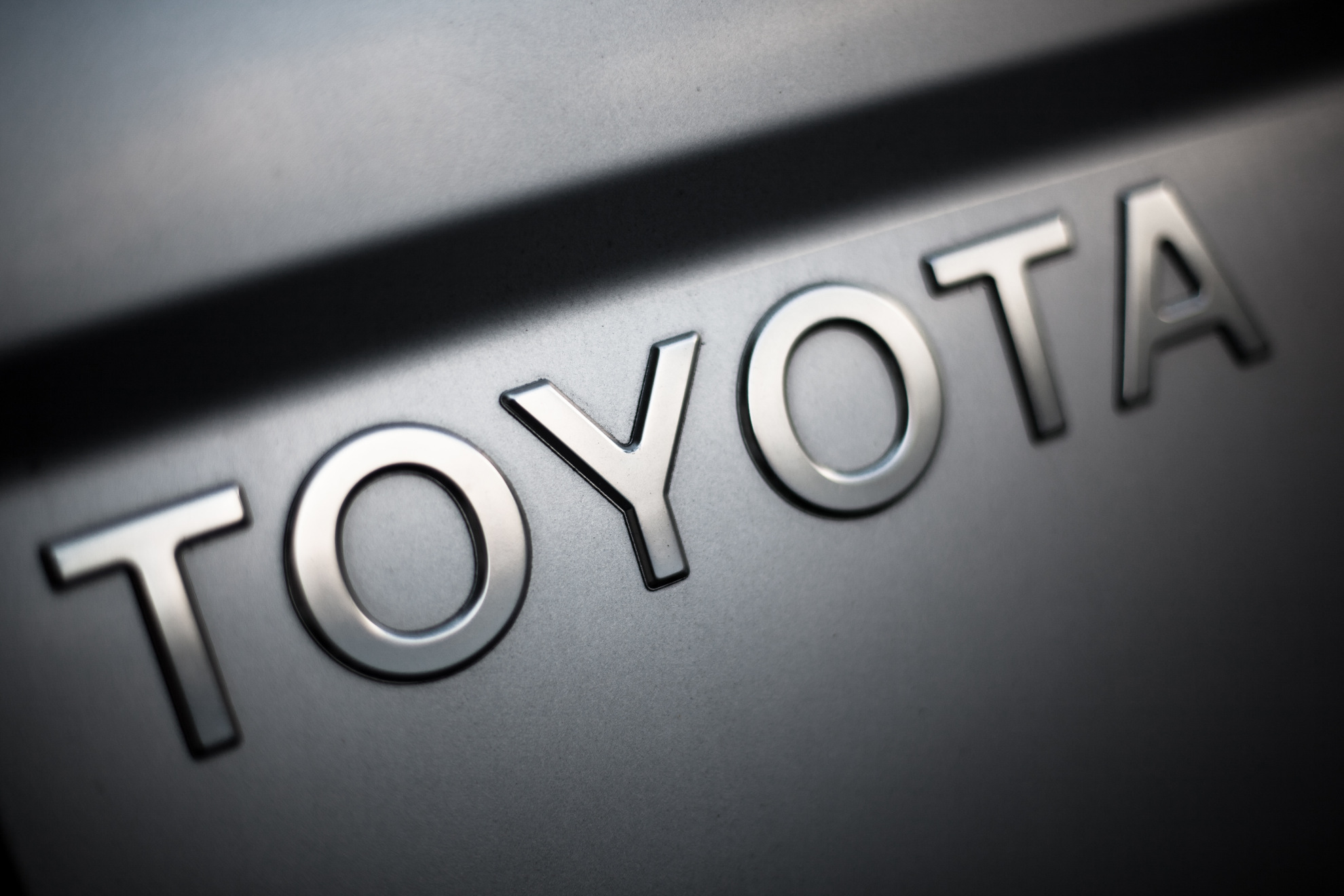
The E-Ferry Ellen, the largest electric ferry boat in the world, completed its maiden voyage on August 15, connecting the ports of Søby and Fynshav in Denmarks southern islands. This groundbreaking ferry features a 4.3 MWh battery pack and a robot arm for recharging, allowing it to travel 22 nautical miles on a single charge. The innovative battery technology from Leclanché is set to revolutionize the commercial marine sector, providing environmentally friendly transport options for local residents.
Electric Ferry Ellen
The Electric Ferry Ellen, the largest electric ferry boat in the world, recently completed its maiden voyage on August 15. This ferry will now be operating to connect the ports of Søby and Fynshav on the islands of Aerø and Als in southern Denmark. One notable feature of the E-Ferry Ellen is its 4.3 MWh battery pack. Many people may wonder how such a large battery pack is recharged. The video above provides a demonstration on how this is done.
Stored in a green container at the port is a robot arm responsible for connecting the DC cable to recharge the Ellen. This allows the Ellen to travel a range of 22 nautical miles, which is ten times longer than its closest competitor.
When examining the distance between the ports of Søby and Fynshav, it is found that they are 10.7 Nm apart. A full battery charge would suffice for a complete round trip, provided that the energy consumption on the first leg is not significantly higher than anticipated.
Ellen, with a carrying capacity of 31 cars and 198 passengers on each trip, can travel at a top speed of 13 knots. This ferry is 2,339 meters long, 528 meters wide, and weighs 650 tons. Unfortunately, details about the charging capacity and the time required to fully charge the 4.3 MWh battery pack are not provided.
The electric ferry, built and operated by various companies, is expected to achieve significant environmental benefits. It is projected to save 2,000 tons of CO2, 42 tonnes of NOX, 2.5 tons of particulates, and 1.4 tons of SO2 annually.
This project, initiated in 2015 and funded by the European Union through the Horizon 2020 and Innovation Program, aims to provide environmentally friendly transport for local residents.
Battery systems
Leclanché, as the energy storage partner for the project, provided the groundbreaking battery system for “Ellen,” the world’s largest all-electric ferry. Today, the ferry connected the ports of Søby and Fynshav in Denmark.
Anil Srivastava, CEO of Leclanché, announced the provision of a unique lithium-ion battery system for a ferry that marks the beginning of a new era in the commercial marine sector. The E-ferry, equipped with a 4.3MWh capacity, signifies a significant advancement in commercial marine propulsion. This innovative battery system will avoid the release of 2,000 tons of CO2, 42 tonnes of NOX, 2.5 tons of particulates, and 1.4 tons of SO2 into the atmosphere over the course of a year. By replacing fossil fuel thermal drives with clean energy, this project showcases the possibility of combating global warming and pollution for the benefit of communities.
Leclanché provides a battery system equipped with high-energy G-NMC lithium-ion cells that boast unique safety features. Among these features is a bi-cellular laminated design along with ceramic separators. Additionally, the company is known for its specifically designed Class Type Approved and Certified Marine Rack Systems (MRS), which come with fire prevention and extinguishing systems. Both the DNV-GL Type Approval Certificate and the DNV-GL Product Certificate have been awarded to this project.
Leclanché overview
Leclanché stands out for developing and manufacturing its own graphite/NMC and LTO cells. The E-ferry’s parallel and redundant battery and powertrain systems ensure that it is a safe and reliable vessel.
Unparalleled operating efficiency is offered by the E-ferry, thanks to its unique integrated battery and transmission systems. The design of this ferry takes into account the importance of these systems in ensuring optimal performance during operation. With these specialized components, the E-ferry is able to function at a level that surpasses traditional ferries in terms of energy efficiency and overall effectiveness.
Leclanché is the preferred supplier of leading maritime transport companies in its rapidly expanding eTransport Solutions business. They are driving the transition towards increased hybridization and electrification of the merchant fleet to adhere to new regulations regarding port approaches and anchorage.
Headquartered in Switzerland, Leclanché SA is a leading provider of high-quality energy storage solutions with a history and heritage of over 100 years in battery and energy storage innovation. The company’s culture of German engineering, precision, and Swiss quality has made it a trusted provider of energy storage solutions globally. Leclanché is the partner of choice for troublemakers, established companies, and governments leading positive changes in energy production, distribution, and consumption worldwide.
At the core of Leclanché’s strategy and business model are the changes in electricity grid management and the electrification of transportation, driving the energy transition. The company plays a critical role in the convergence of transport electrification and the evolution of the distribution network. Leclanché, the only pure play energy storage company listed worldwide, is organized into three business units: stationary storage solutions, e-Transport solutions, and specialized battery systems.
The E-Ferry Ellen, the largest electric ferry boat in the world, recently completed its maiden voyage on August 15, connecting the ports of Søby and Fynshav on the islands of Aerø and Als in southern Denmark. One of the notable features of the E-Ferry Ellen is its 4.3 MWh battery pack, which is recharged using a robot arm connected to a DC cable. The ferry has a carrying capacity of 31 cars and 198 passengers, and aims to achieve significant environmental benefits by saving 2,000 tons of CO2 annually.
Check also solar boat Solliner 31 that will be available as an electric ferry in 2025.



